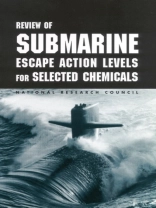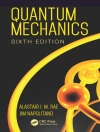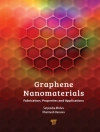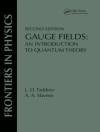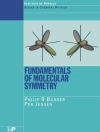On-board fires can occur on submarines after events such as collision or explosion. These fires expose crew members to toxic concentrations of combustion products such as ammonia, carbon monoxide, hydrogen chloride, and hydrogen sulfide. Exposure to these substances at high concentrations may cause toxic effects to the respiratory and central nervous system; leading possible to death. T protect crew members on disabled submarines, scientists at the U.S. Navy Health Research Center’s Toxicology Detachment have proposed two exposure levels, called submarine escape action level (SEAL) 1 and SEAL 2, for each substance. SEAL 1 is the maximum concentration of a gas in a disabled submarine below which healthy submariners can be exposed for up to 10 days without encountering irreversible health effects while SEAL 2 the maximum concentration of a gas in below which healthy submariners can be exposed for up to 24 hours without experiencing irreversible health effects. SEAL 1 and SEAL 2 will not impair the functions of the respiratory system and central nervous system to the extent of impairing the ability of crew members in a disabled submarine to escape, be rescued, or perform specific tasks. Hoping to better protect the safety of submariners, the chief of the Bureau of Medicine and Surgery requested that the National Research Council (NRC) review the available toxicologic and epidemiologic data on eight gases that are likely to be produced in a disabled submarine and to evaluate independently the scientific validity of the Navy’s proposed SEALs for those gases. The NRC assigned the task to the Committee on Toxicology’s (COT’s) Subcommittee on Submarine Escape Action Levels. The specific task of the subcommittee was to review the toxicologic, epidemiologic, and related data on ammonia, carbon monoxide, chlorine, hydrogen chloride, hydrogen cyanide, hydrogen sulfide, nitrogen dioxide, and sulfur dioxide in order to validate the Navy’s proposed SEALs. The subcommittee also considered the implications of exposures at hyperbaric conditions and potential interactions between the eight gases.Review of Submarine Escape Action Levels for Selected Chemicals presents the subcommittee’s findings after evaluation human data from experimental, occupational, and epidemiologic studies; data from accident reports; and experimental-animal data. The evaluations focused primarily on high-concentration inhalation exposure studies. The subcommittee’s recommended SEALs are based solely on scientific data relevant to health effects. The report includes the recommendations for each gas as determined by the subcommittee as well as the Navy’s original instructions for these substances.
Board on Environmental Studies and Toxicology & Committee on Toxicology
Review of Submarine Escape Action Levels for Selected Chemicals [EPUB ebook]
Review of Submarine Escape Action Levels for Selected Chemicals [EPUB ebook]
Achetez cet ebook et obtenez-en 1 de plus GRATUITEMENT !
Langue Anglais ● Format EPUB ● Pages 310 ● ISBN 9780309182683 ● Maison d’édition National Academies Press ● Publié 2002 ● Téléchargeable 3 fois ● Devise EUR ● ID 7143230 ● Protection contre la copie Adobe DRM
Nécessite un lecteur de livre électronique compatible DRM
